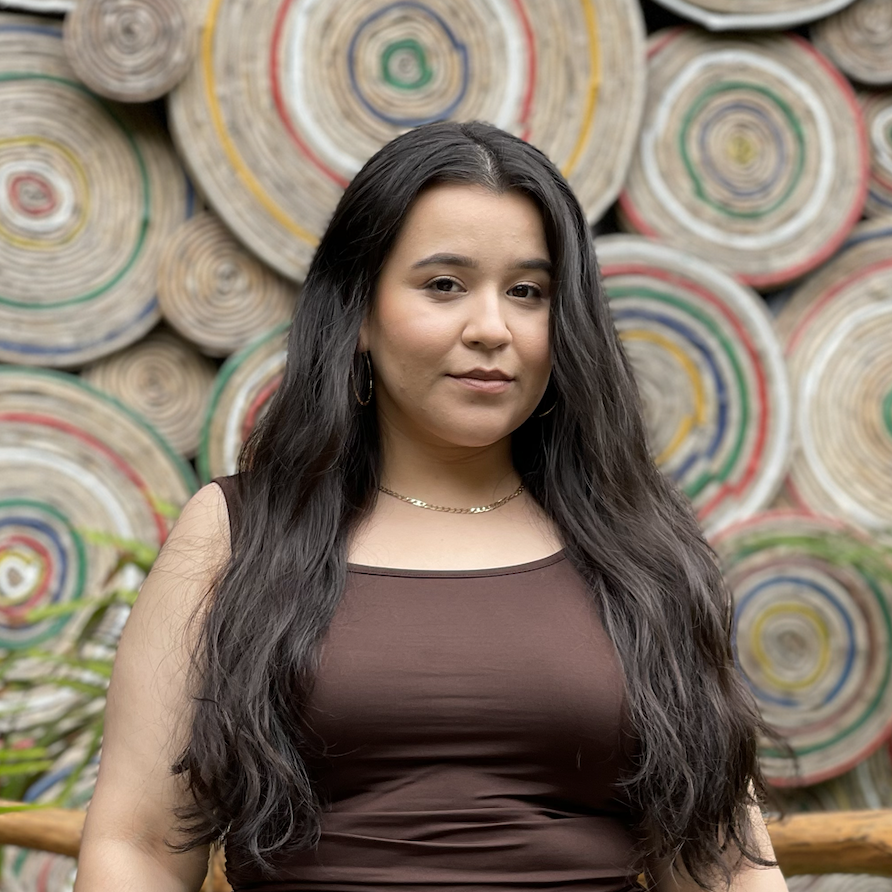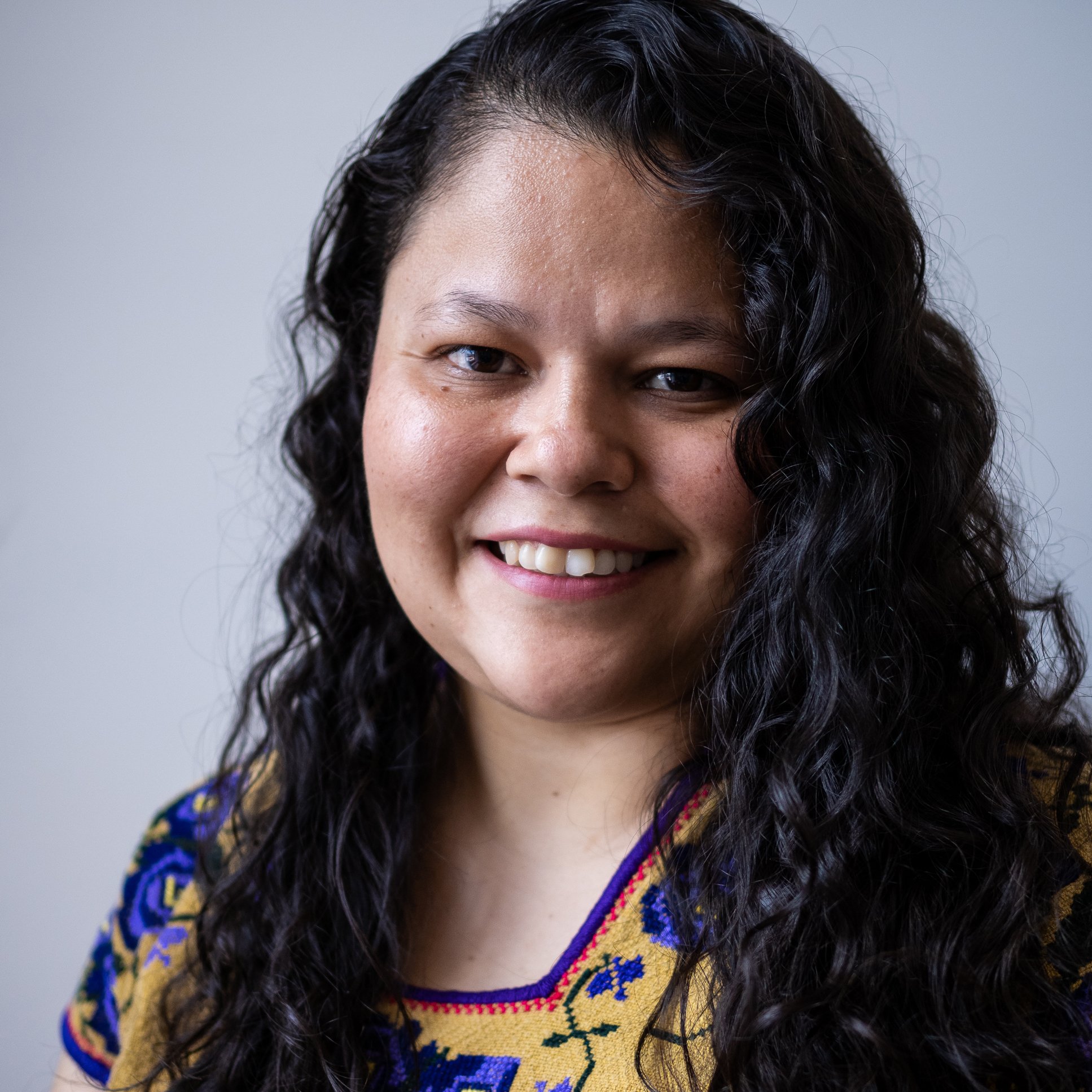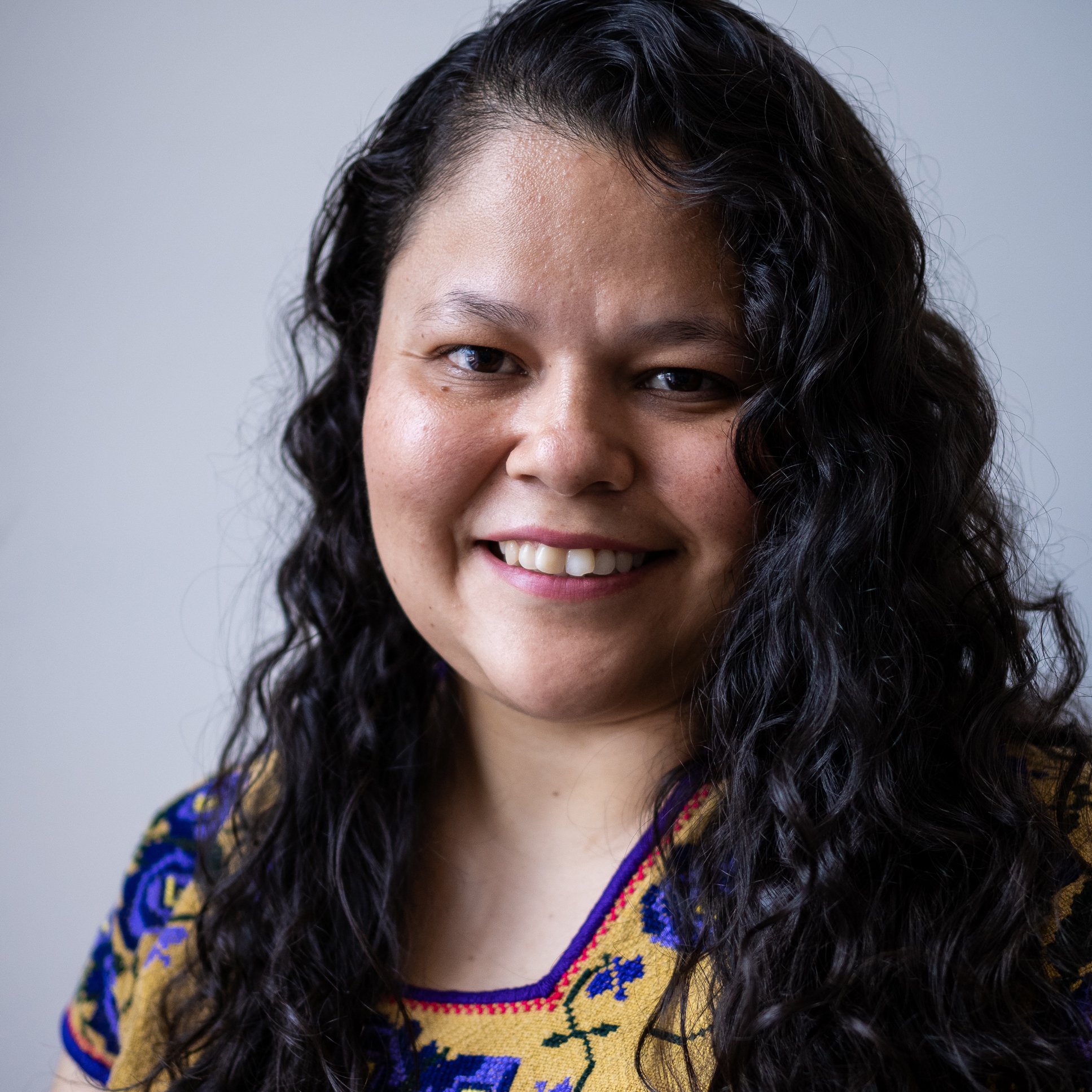Hidden Agenda
Free Abortion Alternatives (previously known as Emergent Mother Care) is located on the second floor of a commercial building on 3rd Ave in the South Bronx. Photo by Yunuen Bonaparte for palabra
Reproductive justice advocates say Latinas are being lured by promises of free pregnancy tests and free diapers. Many are unknowingly walking into clinics that push a hidden agenda
Editor’s note: This analysis was co-published with Reckon. Subscribe to Reckon’s newsletter.
Haz clic aquí para leer este análisis en español.
In 2022, Olivia Raisner, co-founder of the reproductive health education nonprofit Mayday Health, visited five anti-abortion centers (AACs) clinics in Indiana pretending to be a pregnant person considering their options. Armed with a hidden camera, she encountered a web of deception, including false claims from staffers that abortion leads to higher suicide rates and infertility.
“Before she (the staffer) even starts speaking, I can feel myself wanting to trust her. And that’s by design. Crisis Pregnancy Centers are made to look like doctor’s offices — I’m in a well-lit, cozy waiting room, I filled out forms with a receptionist, they offered me water. They lull patients into a false sense of trust,” Raisner recounted in an article published by Ms. Magazine.
Also known as crisis pregnancy centers, anti-abortion centers look like clinics that offer an array of family health and women’s health services. But they are something entirely different according to the reproductive justice leaders who’ve looked inside the centers and investigated who runs them, and who funds them. They have found that AACs draw people in with a promise of free resources such as pregnancy tests and diapers, but their ulterior motive is to influence decisions about pregnancy, abortion and sex. Advocates say they’re preying on people of color and using taxpayer money to do it.
Almost half of American families (47%) struggled to afford diapers last year, according to The National Diaper Bank Network. But Ashley Underwood, director of Equity Forward, an organization that produces and shares investigative research on human rights, says these resources come at a cost. Recipients usually have to sit through some presentation which often includes a religious component.
“People have to sit through classes, sometimes known as ‘earn while you learn curriculum,’ to be able to basically exchange their time to receive support. (This occurs) particularly when we’re talking about communities of color,” Underwood said.
Elizabeth Estrada, New York field and advocacy manager at the National Latina Institute for Reproductive Justice (Latina Institute) works to inform and organize communities in New York around reproductive justice. She told Reckon that AACs are strategically popping up near legitimate health clinics or hospitals, often in low-income, Black, Indigenous, and immigrant and marginalized communities.
Estrada said that one of these anti-abortion clinics is located in the South Bronx, close to the local Planned Parenthood and has publicity targeting those groups.
Reckon attempted to contact the South Bronx clinic, as well as others in Laredo, Texas and Hammond, Indiana but had not received any responses at the time of publication.
Signs for free pregnancy tests at the Free Abortion Alternatives clinic in the South Bronx. Photo by Yunuen Bonaparte for palabra
Latinos and misinformation
Research shows that Latinas are disproportionately impacted by abortion bans. A 2023 report by National Partnership for Women & Families and the Latina Institute found that nearly 6.7 million Latinas (43% of all Latinas ages 15-49) live in 26 states that banned or were likely to ban abortions, making them the largest group of women of color living under these restrictions.
On top of the shifting reproductive healthcare laws in the U.S. since Roe v. Wade was overturned, some of which outright block pregnant people in some states from accessing abortion, Latinas face additional institutional barriers to healthcare, like a lack of health insurance and access to preventative care. There is also a history of distrust in the medical industry, especially for those impacted by forced sterilization or who primarily speak Spanish.
“We face language and cultural barriers that already hinder our access to healthcare, but our literacy can be limited and that can make it more likely to be deceived by anti-abortion centers,” Estrada said.
She added that an important reason Latinos are targeted is the way they share information with each other, with immigrants often seeking out those in their community for recommendations or suggestions on doctors and medical services.
“A lot of the information that we get is from word of mouth. We are also a huge, huge part of the population that is chronically on Facebook, on WhatsApp,” she says. And she adds that these Meta apps are used by conservatives to generate disinformation.
(Forty-six percent of U.S. Latinos use WhatsApp, compared to 23% of Black Americans and 16% of white Americans. The app is popular among those with loved ones in other countries, as it allows for instant communication, free of charge.)
Misinformation posed an issue in the last presidential election, with Latinos a major target on social media sites. A 2021 Nielsen report found that Latinos were more likely to receive, consume and share fake news online than the general population. The reason harkens back to a sense of community. According to the report, apps instill trust and intimacy among Latino users, allowing them to connect with family and friends both in the U.S. and abroad.
Mis – and dis – information tactics spread beyond politics and influence health. During the pandemic, social media use by Latinos increased more than the general public according to NBC, leading to widespread political misinformation, which contributed to COVID-19’s disproportionate impact on the community. In 2021, Nielsen reported that there were almost three times as many COVID-19 cases among Latinos in the U.S. compared to the country’s non-Hispanic white population.
Latinos are one of the fastest-growing populations in the U.S. From 2010 to 2022, the country grew by 24.5 million people, and Latinos accounted for 53% of that increase — more than any other demographic, according to Pew Research Center.
“Folks have a lot to gain, whether it be legislators around election season, anti-abortion activists or the conservative right, seeking the approval, seeking the masses of Latino or non-English speaking people,” Estrada said. “We're a big, full population, making us a target for missing disinformation.”
Crisis pregnancy centers often advertise free pregnancy tests and ultrasounds to attract people in need. Photo by Yunuen Bonaparte for palabra
Funding anti-abortion centers
Equity Forward conducts public records research, legislative tracking and political analysis on human rights issues, including reproductive freedom. Their assessments, the latest of which was published in January 2024, found that in 18 states, millions of dollars have been funneled to AACs, including $3 million in Arizona since 2022; $8.6 million in Missouri since 2007; and $140 million in Texas since 2006.
“Anti-abortion centers nationwide invest millions of dollars in aggressive and misleading propaganda efforts, and sometimes these efforts are funded with taxpayer dollars,” Underwood said.
According to a 2022 CNN report, at least 18 states have used taxpayer dollars to fund AACs, and of these states, more than a half-dozen have used the federal welfare program Temporary Assistance to Needy Families (TANF) to do so. CNN reported that Texas alloted the most money to AACs, with over $200 million provided to these clinics over the last decade.
“What we are talking about is a million dollar industry, (and) in some instances I believe a billion dollars,” said Underwood.
Underwood says AACs pose a problem in every state, even those attempting to pass regulations to protect people against these tactics, like Illinois.
“We have to think about the new travel routes that people are taking in order to access care and what are their risks of being intercepted by an AAC when you're attempting to get to an abortion clinic or attempting to get to another source of care,” she explained.
She said that since Roe was overturned, their advertising tactics have intensified, posing a greater danger to folks seeking legitimate care.
“The anti-(abortion) movement has used the (overturning) of Roe as kind of like a funding cry, or funding pitch for raising more money, both public and private dollars,” said Underwood.
—
Annabel Rocha is a reproductive justice reporter at Reckon with a background in local reporting focused on Latinx issues, reproductive justice, period poverty and sexual health. She’s a former fellow of City Bureau, the Center for Health Journalism and the Journalism & Women Symposium. Rocha is a proud Chicago South Sider. You can keep up with her work on Instagram at @reckon.news. @annabelrocha93
Yunuen Bonaparte is a photojournalist and visual editor based in New York. She is currently the photo editor at palabra and Narratively. @_ybonaparte








